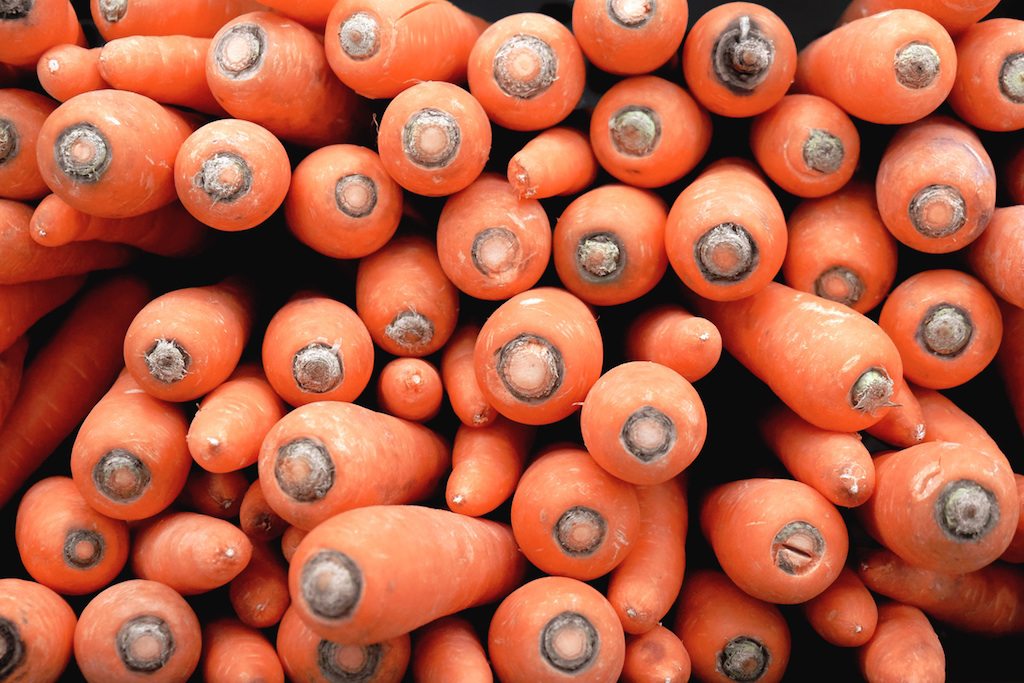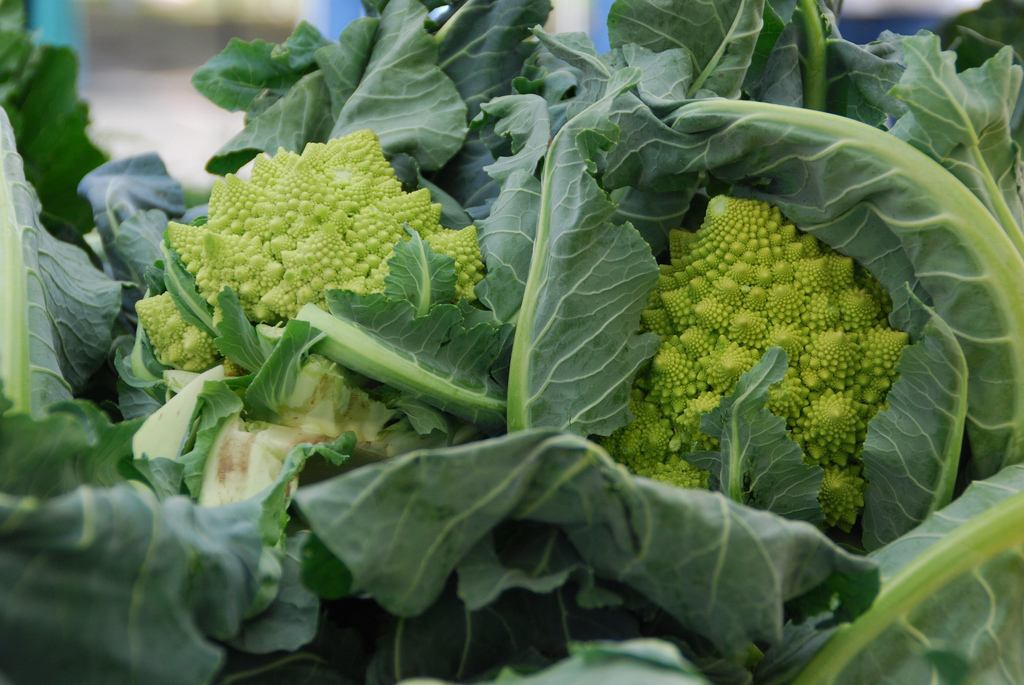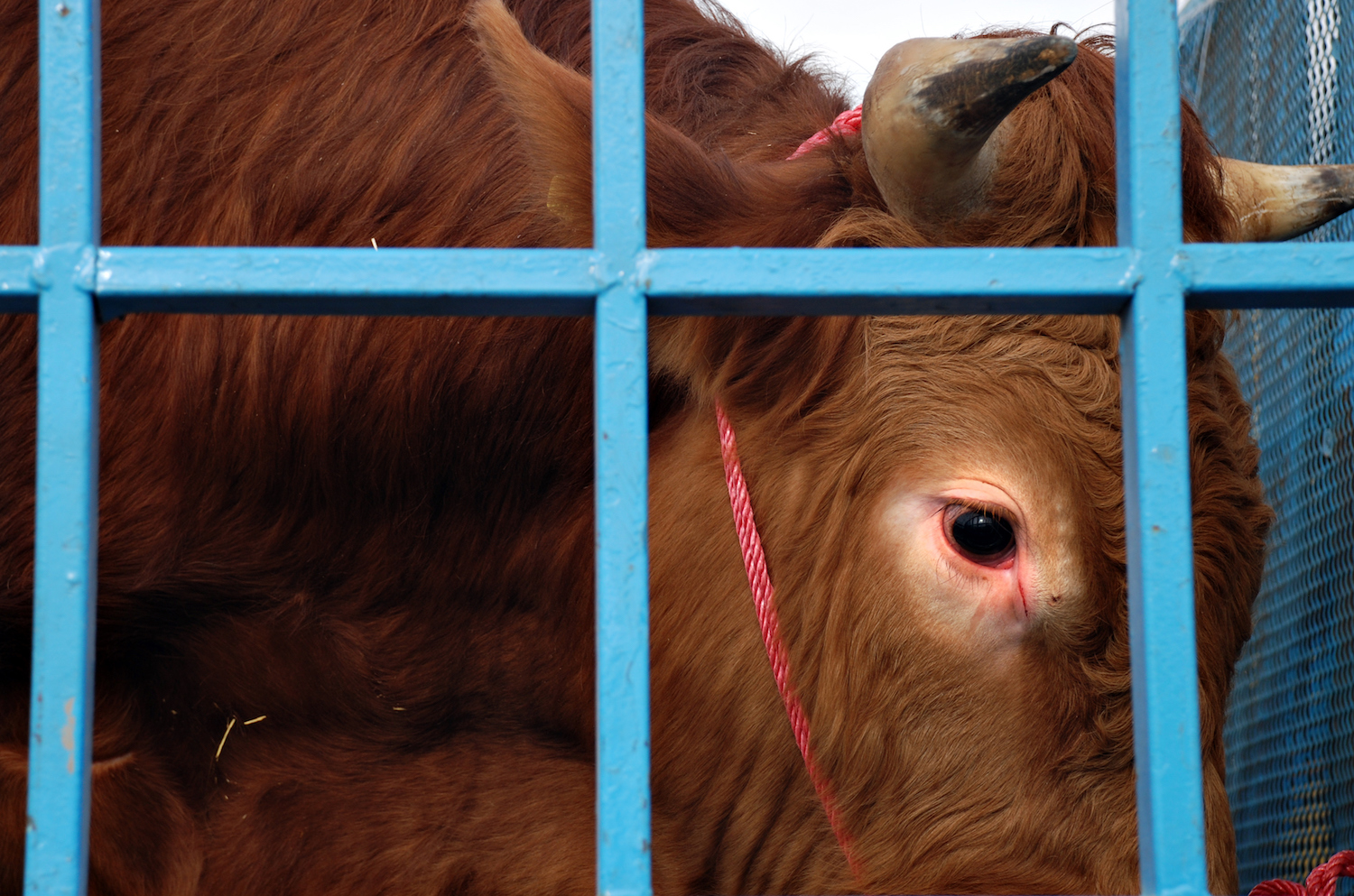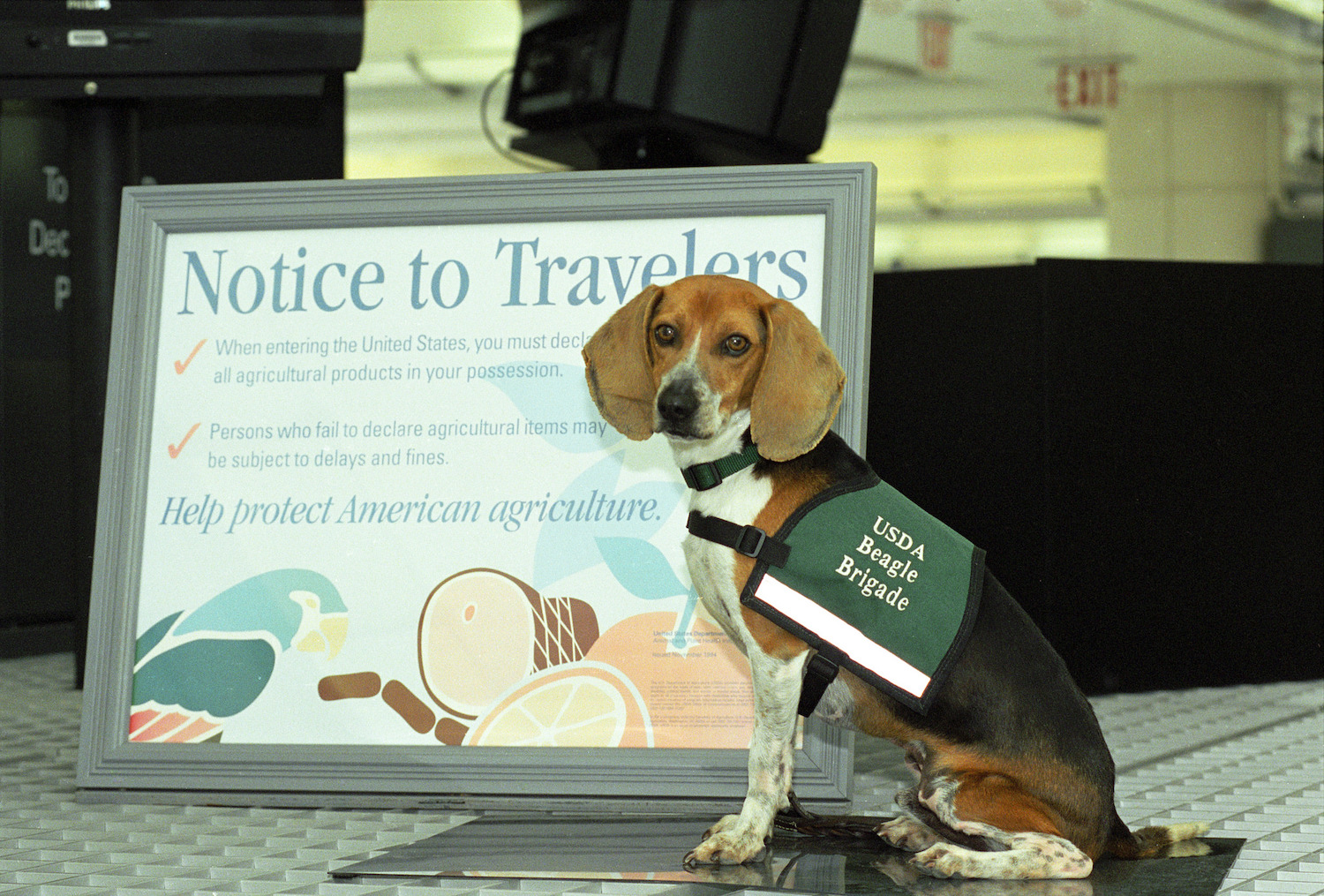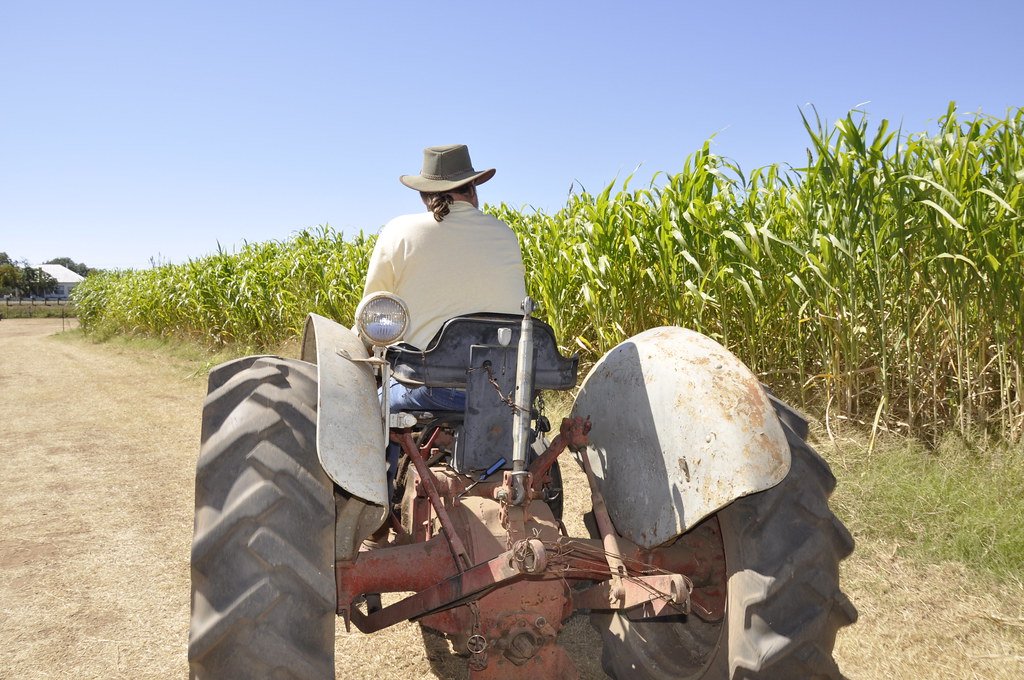Update, March 12, 12:19 p.m., EST: The United States Department of Agriculture (USDA) on Monday announced its intention to officially withdraw the Obama-era livestock rules that would have strengthened animal welfare requirements for organically certified meat and dairy.
The Department said in a press release that the agency does not have the authority to implement such regulations, and imposing new requirements would discourage farmers from obtaining organic certification. “The existing robust organic livestock and poultry regulations are effective,” said USDA Marketing and Regulatory Program Undersecretary Greg Ibach in a press release.
Critics of the withdrawal will likely argue that organic certification guarantees very little with regards to animal welfare standards; some say the decision to allow egg operations in particular to continue confining the animals’ range of motion is a giveaway to mega-sized operations.
Had they gone into effect, the rules would’ve ensured that each organic laying hen gets a full square foot of space when it’s indoors. They also would’ve clarified what “access to the outdoors” means for livestock: screened-in porches would no longer count as outdoor space. The rules also would’ve added some new requirements for animal handling and transport to slaughter.
As Lynne Curry wrote in her thorough backgrounder, the language in the current organic standards that govern animal welfare is pretty loose. The result is that it’s possible for a certified organic chicken coop to look very similar to a conventional chicken coop. Some farmers think that’s a bad thing: Organic eggs typically fetch a higher price, the logic goes, and that higher price should represent sunny pastures and lots of room to flap around. Some farmers argue the opposite: The organic regulations require “access to the outdoors,” and if a chicken coop has a screened-in porch, it’s good to go. Curry explains that the 2002 decision to count screened-in porches as outdoor space created a rift in the organic community between small-scale farmers who were farming chickens at low density and larger farmers who could take advantage of economies of scale and sell their eggs for less. These rules were meant to address that rift.
The USDA makes a couple of big arguments in favor of withdrawal: First, it says it doesn’t have the legal authority to impose animal-welfare regulations, arguing that such decisions should be left to Congress. Second, it offers an “if-it-ain’t-broke-don’t-fix-it” argument: organics are doing really well in the marketplace, meaning consumers trust them. And if consumers already trust them, why should they be further regulated?
Organic meat and dairy have made a lot of money for a lot of people in recent years. The USDA goes to great lengths to establish just how much money: $47 billion in 2016. It also asserts that the organic egg market grew 12.7 percent annually between 2007 and 2016.
USDA wrote in its initial proposal that it was concerned the proposed rules would hinder growth “in the dynamic, evolving marketplace,” adding that too much regulation can “discourage technological and social innovation, especially by small firms and consumers.”
There’s an argument to be made that it’s not the job of government agencies to take their regulatory cues from the marketplace. Still, what does USDA have to say about the remaining 95 percent of egg farmers—the ones who don’t dominate organic egg sales—and their assertion that a barn containing thousands of cramped chickens isn’t really organic because it doesn’t provide equal “outdoor access”?
The Regulatory Flexibility Act requires that agencies look at the economic impact on small businesses of any change in regulations. But according to USDA, pretty much all egg farms count as small businesses. That’s because by the agency’s definition, any operation that grosses less than $15 million per year counts as a “small” egg producer. So, “Out of 722 operations reporting sales of organic eggs, only four are not small businesses,” the proposed withdrawal read.
Since the big producers are lumped under the “small business” category, it’s their needs USDA considers in responding to the Regulatory Flexibility Act. Requirements of more space for animals would mean the entities that don’t offer their chickens a square foot for every 4 pounds of bird would have to buy land. And the agency found that about half of organic egg production happens in places where buying nearby land to satisfy new regulations is impossible. The proposed regulations, then, would indeed hurt “small” businesses—because, for USDA, there’s no difference between a business that grosses $10,000 and a business that grosses $14,999,999.
For Straus (who has been vocal about his continued support for the organic certification even after a separate decision to allow hydroponics into the program prompted some farmers to criticize the label), organic is still a gold standard in sustainable farming. He told The New Food Economy in December that he was heartened by increased enforcement activity—the National Organic Program had cracked down on standards following negative news reports the summer of 2017—and said he thought the organic label remained critical for many family farmers. “It’s something that will continue to improve,” he said. “I think we all were working on how can we have the best management practices. Yes, there are big farms, and they sometimes skirt the rules, but I think overall we are working toward the same goals and same future.”


